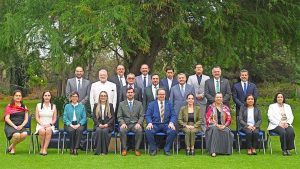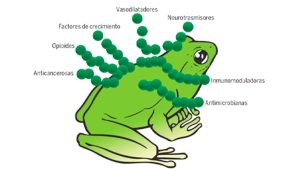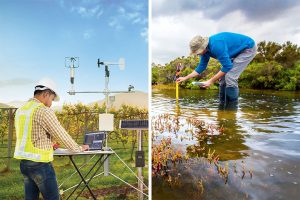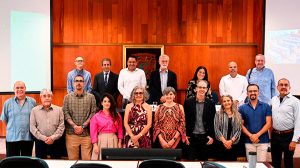UNAM Leads the Way in Rare Disease Research in Mexico
With the establishment of the Mexican Rare Disease Patient Registry, UNAM has taken a major step in rare disease research. This initiative, led by Claudia Gonzaga Jáuregui, a Principal Investigator at the International Laboratory for Human Genome Research (LIIGH) on UNAM’s Juriquilla campus in Querétaro, aims to provide reliable data on the prevalence of these conditions in Mexico and Latin America.
Over 7,000 rare diseases are known, 80% of which have a genetic origin. An estimated 8 to 10 million people in Mexico are affected, yet the absence of a national registry has long hindered timely diagnosis and treatment. UNAM’s registry fills this gap, offering critical insights into diagnostic access and the geographic distribution of these conditions.
By definition, a rare disease affects fewer than five people per 10,000 inhabitants. While individually uncommon, they collectively impact 300 to 350 million people worldwide. Gonzaga, who also serves as the president of Enfermedades Raras en el Caribe y América Latina (ERCAL), emphasized that many countries lack registries, making it difficult to identify affected individuals. This data gap contributes to the “diagnostic odyssey”—the long, frustrating search for a diagnosis that many patients endure.
In Mexico, this process can take up to eight years, requiring multiple specialists and extensive testing. Gonzaga noted that one of the registry’s key achievements is shortening this timeline by compiling precise, centralized data. She also stressed the urgent need to expand access to genetic testing, which remains costly and underfunded in the public healthcare system.
A major milestone was reached when the General Health Council expanded the list of officially recognized rare diseases from 23 to 5,500, aligning Mexico’s standards with those of the World Health Organization (WHO). This achievement was detailed in Rare, an Elsevier journal, where Gonzaga and collaborator César E. Calvo presented the registry’s first-year results and outlined future research goals.










